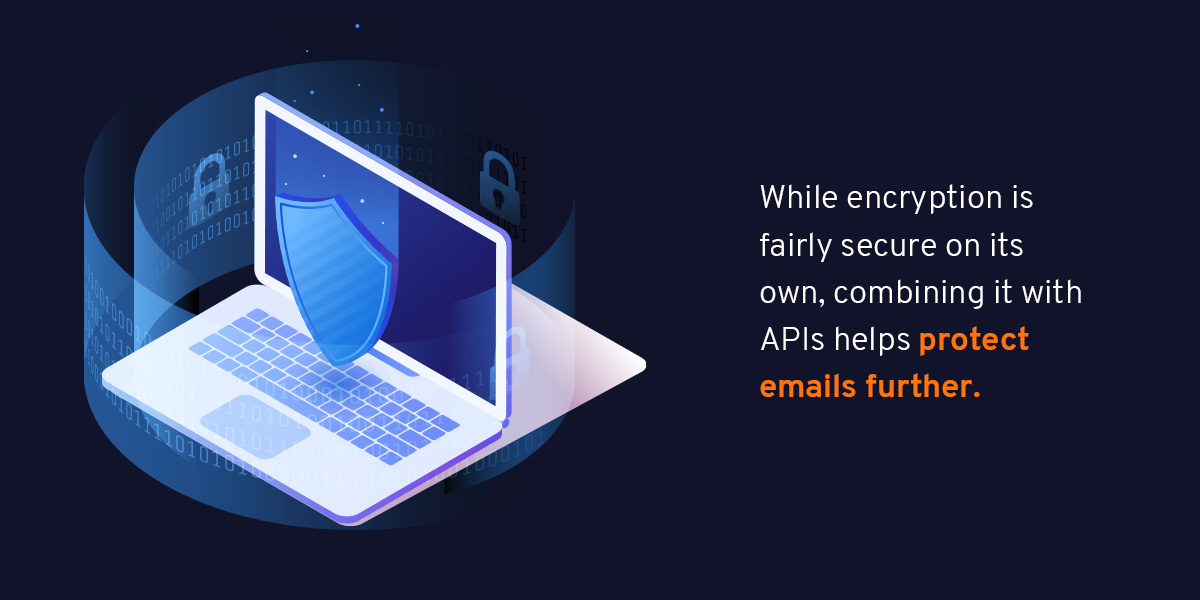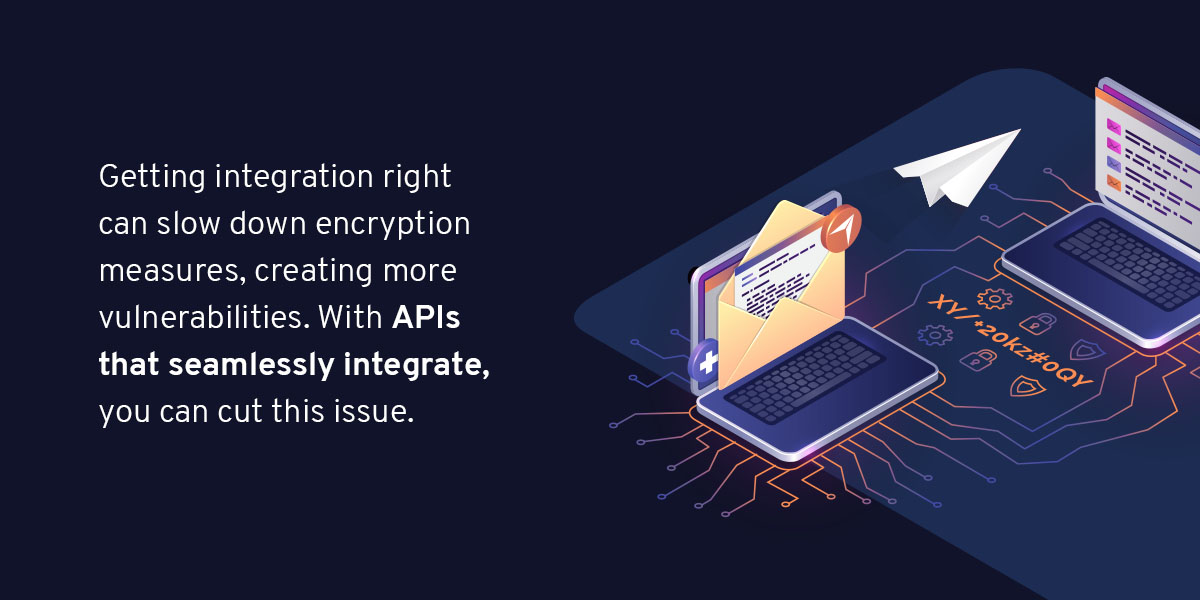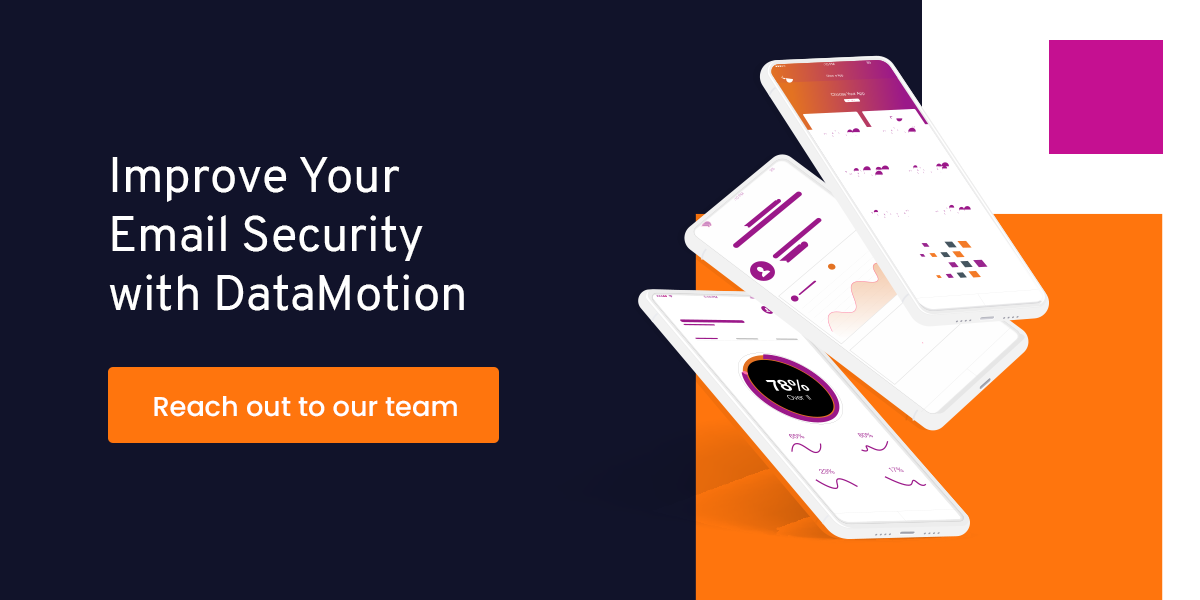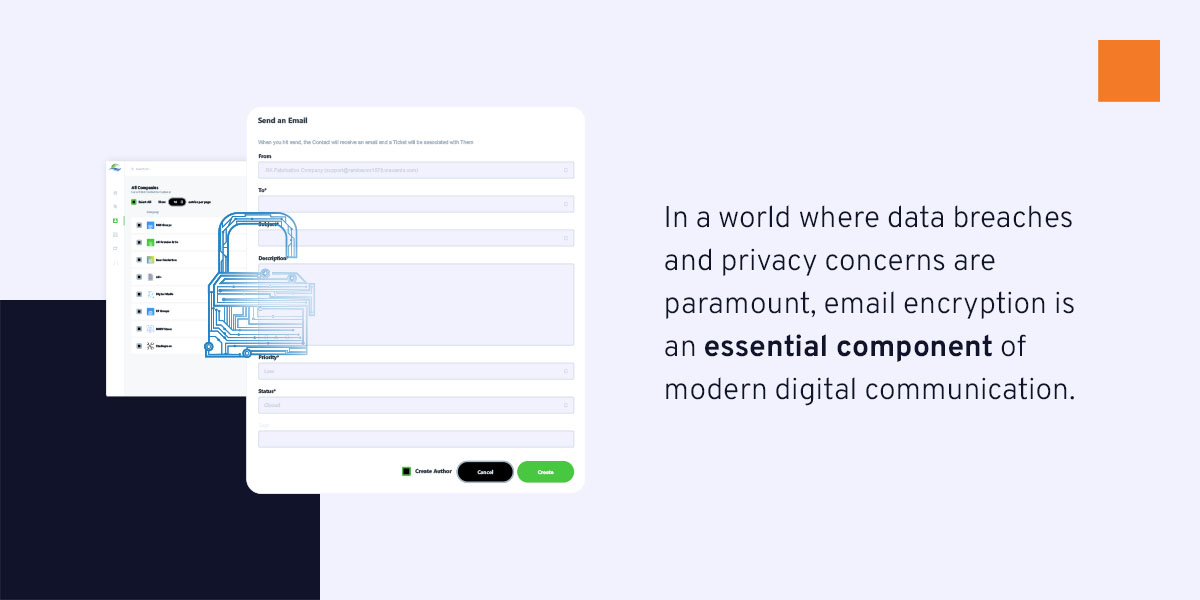5 Signs Your Self-Service Portal Needs a Secure Message Center
5 Signs your self-service portal needs a Secure Message Center
- You are a financial services, insurance or healthcare company
- You have a self-service portal or app
- Your customers want to use email and share documents and secure messages electronically
- Your employees need to manage inquiries from a single desktop
- Security and privacy regulations require it
You are a financial services, insurance or healthcare company
Exchanging sensitive, regulated information with your customers is required to resolve many contact center inquiries and cases. Whether it’s answering sensitive questions, exchanging completed forms, supplying supporting documentation or exchanging a medical record – to resolve customer issues, you need to accelerate and track actionable communications supported by documents that may contain PII and or PHI. And that must be done in compliance with privacy and security regulations.
You have a self-service portal or app
You already provide customers a secure, self-service portal or mobile application which gives them access to a wide range of information and services they can utilize to get more value from their relationship with you. That’s excellent – but when they get stuck and need to contact support – what options do you offer to secure message, email or share documents necessary for a streamlined resolution? If you limit their choice to out-of-band options (call us, fax us or send us a letter), or if you put restrictions on what they can discuss or share (“email us – but no sensitive info please”) – your CX score will suffer. A recent report by IDC indicates that companies growing at high rates are focused on digital transformation and customer experience – so this REALLY MATTERS to your top and bottom lines.
Your customers are asking for it
Customers want to engage your organization using smartphones, tablets, and laptops – online and through your secure self-service contact center or mobile application. They want to use secure messaging, email, file sharing – and they need to trust you when asking financial or health questions, and when they are sharing their private information and documents. They don’t want to use yesteryear’s technologies – fax, stamps, FedEx or in-person delivery. They would prefer not to call your support number and wait in queue on hold. They want you to make it easy to process their requests and meet their needs thru safe, digital transactions.
Your employees need it
Productive employees are happy employees. Happy employees make happier customers. Happier customers do more business. It’s a virtuous cycle. If you limit the ways your employees can communicate and resolve customer issues – less of those things happen. Customers are disappointed with communication and info exchange options, employees are often left waiting on slower delivery processes, are transcribing information, or working in multiple systems to cobble together a resolution (or get a complete customer history view). If you light up an integrated secure message channel with document sharing capabilities in their contact center desktop – it makes their job less cumbersome – so productivity, happiness and growth can thrive. The virtuous cycle of business life. The wheel of good fortune. (There may just be an Elton John / Disney song in there somewhere….)
Security and privacy regulations require it
And…. that’s the sticky wicket. HIPAA, GLBA, PCI-DSS, HITECH, DPA, GDPR – all there for the right reasons – protecting your customers sensitive information is your obligation – but it sure adds a lot of friction to digitizing your business processes.
And that’s where a Secure Message Center delivers its fundamental value. It allows you to get all the benefits of integrated messaging channels such as tracked email with file attachments, webforms, eforms, native webmail interfaces – with contact center integration. It enables – an efficient flow of inquiry and resolution that moves your business forward, all while providing the trusted security and verifiable compliance your organization needs, and your customers expect.
So what is a Secure Message Center and how easily can it drop into your current ecosystem to light up a secure messaging, email and file sharing channel in your contact center? Happily, there’s no ocean to boil. Learn more about it here, or contact us with your situation – we exist to make implementing this light work for you, and the contact center experience better for your customers.

















